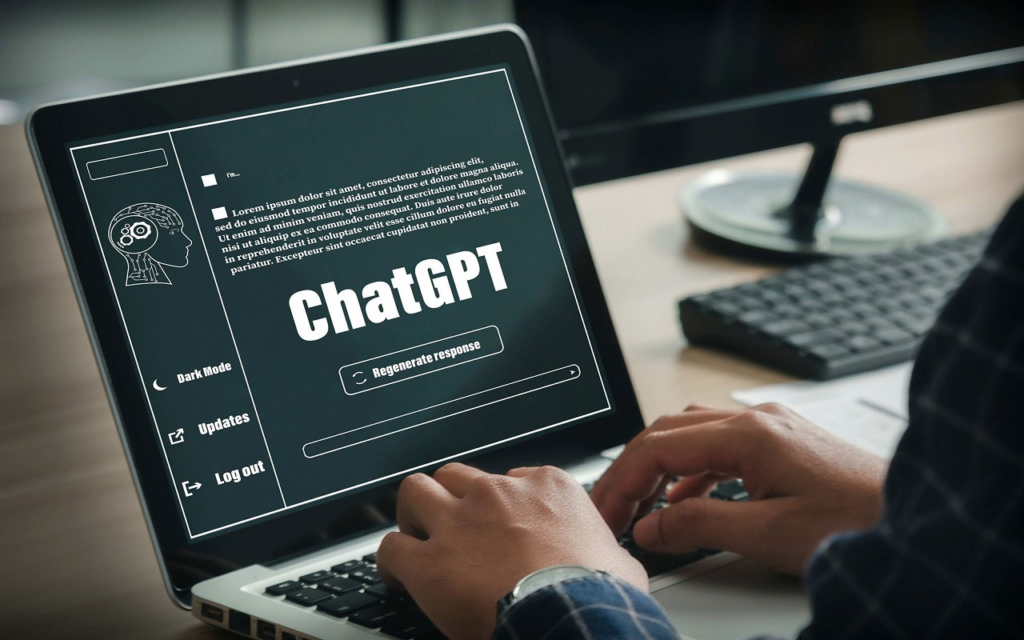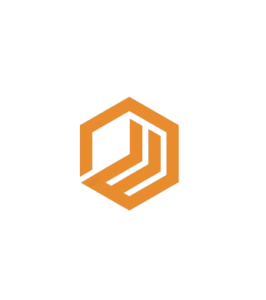In today’s tech-driven world, AI-powered chatbots have become integral in various industries, from customer support to personal assistants. ChatGPT, developed by OpenAI, has been a game-changer in the field of natural language processing, but building your own chatbot alternative can offer unique advantages.

In this comprehensive guide, we will walk you through the steps necessary to create your custom chatbot, tailored to your specific needs and requirements. By the end of this article, you’ll have a solid understanding of the process and the tools required to embark on this exciting AI journey.
Contents
Understanding the Basics:
ChatGPT is an advanced chatbot that leverages deep learning and neural networks to generate human-like text responses. It’s capable of understanding and generating natural language text, making it a versatile tool for a wide range of applications. By understanding the fundamentals of how ChatGPT works, you’ll be better equipped to create your own chatbot alternative that can engage in meaningful conversations with users.
Choosing a Framework:
Selecting the right machine learning framework is a crucial first step in building your chatbot. TensorFlow, PyTorch, and Hugging Face Transformers are popular choices. Your choice will depend on factors like your familiarity with the framework, its community support, and the specific features you require for your chatbot’s development.
Data Collection and Preprocessing:
Data is the lifeblood of any AI chatbot. Collecting and preprocessing a diverse dataset of text conversations is vital for training your chatbot. You can obtain data from various sources, including public datasets, web scraping, or even creating your own. Preprocessing involves cleaning, tokenizing, and formatting the data to make it suitable for training your model.
Model Architecture:
The architecture of your chatbot plays a pivotal role in its performance. You can choose from various architectures like sequence-to-sequence models, transformer-based models, or custom architectures. Explain the strengths and weaknesses of each and why you’ve chosen a particular architecture for your alternative.
Training the Chatbot:
Training your chatbot involves feeding it your preprocessed data and fine-tuning your model using machine learning techniques. You’ll need to define hyperparameters, set up training infrastructure, and carefully monitor the training process to avoid overfitting and other common issues.
Integration and Deployment:
Once your chatbot is trained, it’s time to integrate it into your desired platform or application. Discuss the integration process, including APIs and SDKs, and explain how to deploy your chatbot to make it accessible to users. Consider cloud services like AWS or Azure for scalability and ease of deployment.
Fine-Tuning and Continuous Improvement:
The journey doesn’t end with deployment. Chatbots require ongoing maintenance and improvement. Explain how to collect user feedback, fine-tune your model based on user interactions, and address ethical considerations and biases that may arise during usage.
Conclusion:
In conclusion, building your own chatbot alternative is a rewarding endeavor that allows you to create a tailored AI solution for your specific needs. By following the steps outlined in this guide, you’ll have a solid foundation to embark on your chatbot development journey. Keep learning, experimenting, and refining your chatbot to deliver a superior conversational experience to your users. The possibilities in the world of AI chatbots are endless, and you’re now equipped to explore them.
👉🏼 Explore Related Resources :
- How to Convert Instagram Reels to Audio: A Quick Guide
- Everything You Need to Know About Music Marketing Copywriter Jobs
- How Animation & Whatnot Can Transform Your Digital Marketing Strategy
- Exploring Facebook Custom and Lookalike Audiences
- Understanding Affiliate Tracking Codes: A Comprehensive Guide for Marketers




